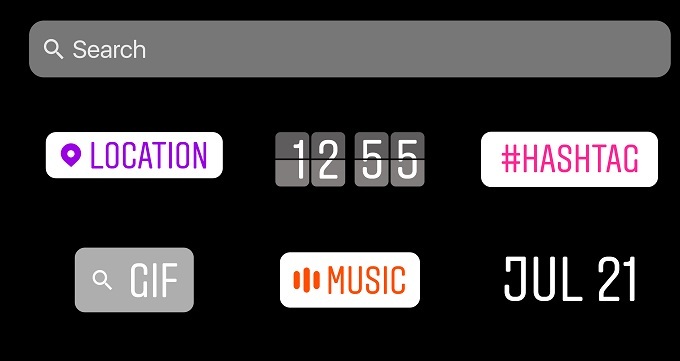
 Data Structure
Data Structure Networking
Networking RDBMS
RDBMS Operating System
Operating System Java
Java MS Excel
MS Excel iOS
iOS HTML
HTML CSS
CSS Android
Android Python
Python C Programming
C Programming C++
C++ C#
C# MongoDB
MongoDB MySQL
MySQL Javascript
Javascript PHP
PHP
- Selected Reading
- UPSC IAS Exams Notes
- Developer's Best Practices
- Questions and Answers
- Effective Resume Writing
- HR Interview Questions
- Computer Glossary
- Who is Who
What is the full form of GIF?
Introduction
Graphics Interchange Format (GIF) or Bitmap format picture is utilized for digital graphics, generally for web graphics. It was created by CompuServe in 1987, as a result it supports animations and transparency, it has developed in popularity.

GIF images utilize lossless compression, which empowers them to be compressed whereas keeping up visual quality. The format's 256 colour limitation makes it idealize for clear pictures, logos, and icons. Brief animations and video clips can now be shared on social media and messaging services in the GIF format.
History of GIF
In order to communicate images over the internet, CompuServe first established the Graphics Interchange Format (GIF) in 1987. At the time, bandwidth limitations prevented the usage of colour graphics and internet association speeds were poor. The GIF format made it possible to compress images, resulting in smaller record sizes and easier internet sharing. GIFs gained enormous popularity in the 1990s as a way to include basic animations to websites and e-mail communications. Alternative formats were made as a result of the issue over the obvious on the GIF compression strategy. Nowadays, sharing brief, looping activitys and other graphics on social media sites and messaging apps is still exceptionally common much obliged to the GIF format.
Characteristics of GIF
A few of the key characteristics of GIF are
Constrained Color Palette GIF pictures are restricted to a maximum of 256 colors, making them appropriate for pictures with simple illustrations and strong zones of color.
Lossless Compression GIF employments lossless compression, which implies that the picture quality isn't influenced when the file estimate is reduced.
Animation GIF supports animation, permitting for numerous outlines to be shown successively to form the illusion of development.
Transparency GIF permits for transparent backgrounds, which can be valuable when setting an picture on best of another image or background.
Interlacing GIF supports interlacing, which permits for a dynamic display of the image as it is loaded, beginning with a low-resolution form and gradually refining the picture over time.
Small File Size GIF records are often smaller in size compared to other picture formats, making them suitable for utilize on websites and in mail.
Generally, GIF is a flexible picture format that's especially well-suited for images with basic graphics and strong ranges of color, as well as for animated images and images that require transparency. Its little file size and back for interlacing too make it a well known choice for utilize on the web.
Uses of GIF
GIF has various uses, including
Sharing animated pictures GIFs are commonly utilized on social media stages and messaging apps to share short, animated pictures.
Advertising GIFs are frequently utilized in digital advertising as a way to capture consideration and convey a message in a visually engaging way.
Memes GIFs are a well known medium for making and sharing web memes, which are amusing images or recordings that spread virally online.
Tutorials GIFs can be utilized in tutorials and guidelines materials to illustrate a particular task or process in a visually engaging way.
Art and plan GIFs are used by artists and designers to make moving pictures and interactive installations.
Website design GIFs can be utilized in the website design to include visual interest and improve the user experience.
Conclusion
In summary, the popular Graphics Interchange Format (GIF) image file format is recognised for its ability to support transparency and motion. Due to its small file estimate and compatibility with the tremendous majority of web browsers, it is a favored choice for online substance creators. In spite of having a long history, the organize is always changing as modern components like looping and other outline rates are included. Due to its special highlights and adaptability, GIF is a vital instrument in the world of advanced media and communication.
FAQs
Q1. Can you advertise using GIFs?
Ans: Yes, using GIFs in advertising can result in interesting content that is simple to share on social media.
Q2. Can you modify and change GIFs?
Ans: Yes, you can change the size, colour, and timing of GIFs using a variety of tools and software.
Q3. Do utilising GIFs raise any copyright concerns?
Ans: Yes, utilising GIFs that are not properly licenced or credited can result in copyright problems. Making sure that GIFs are used morally and lawfully is crucial.

